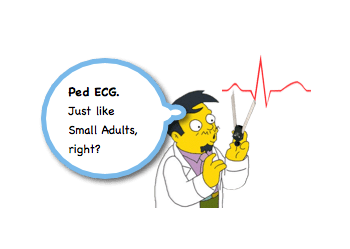Propofol Infusion Syndrome in Children

Keeping children calm and cooperative is part of our job and often leads us to using fancy medicines like Ketamine and Nitrous Oxide. Of course, it is important to have a patient safely sedated during a minor procedure like Lumbar Puncture,…






